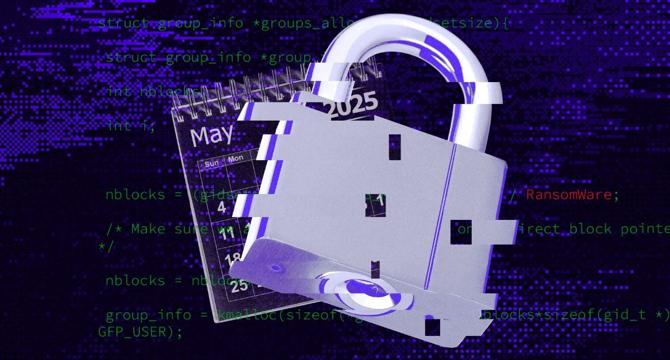Sentinelone
1w
143

Image Credit: Sentinelone
Anti-Ransomware Day 2025: 10 Years of RaaS and the Making of a Billion-Dollar Business
- May 12 is globally recognized as Anti-Ransomware Day, marking the WannaCry outbreak in 2017 and raising awareness about ransomware threats.
- Ransomware evolved with Ransomware-as-a-Service (RaaS), offering toolkits and support to affiliates, leading to a billion-dollar criminal enterprise.
- The article traces RaaS evolution from early platforms like TOX and affiliate models to more aggressive attacks by Petya and Mischa.
- Cerber, a large-scale RaaS operation, showcased the global reach and revenue models of affiliates, shaping future RaaS strategies.
- RaaS groups experiment with revenue splits, incentives, and private models to maintain operations and filter out security threats.
- Branding, leak sites, and social media have become crucial in RaaS strategies to attract affiliates and pressure victims to pay ransom.
- SentinelOne's Singularity Platform offers AI-driven threat detection and ransomware rollback to protect customers from ransomware attacks.
- In ten years, RaaS has grown into a mature industry, posing a significant threat that requires early detection and vigilance from defenders.
- Global law enforcement advises against paying ransoms and encourages cyber resilience efforts to combat the persisting ransomware threat.
- Awareness, preparedness, and vigilance are key defenses against ransomware attacks on Anti-Ransomware Day and beyond.
Read Full Article
8 Likes
For uninterrupted reading, download the app